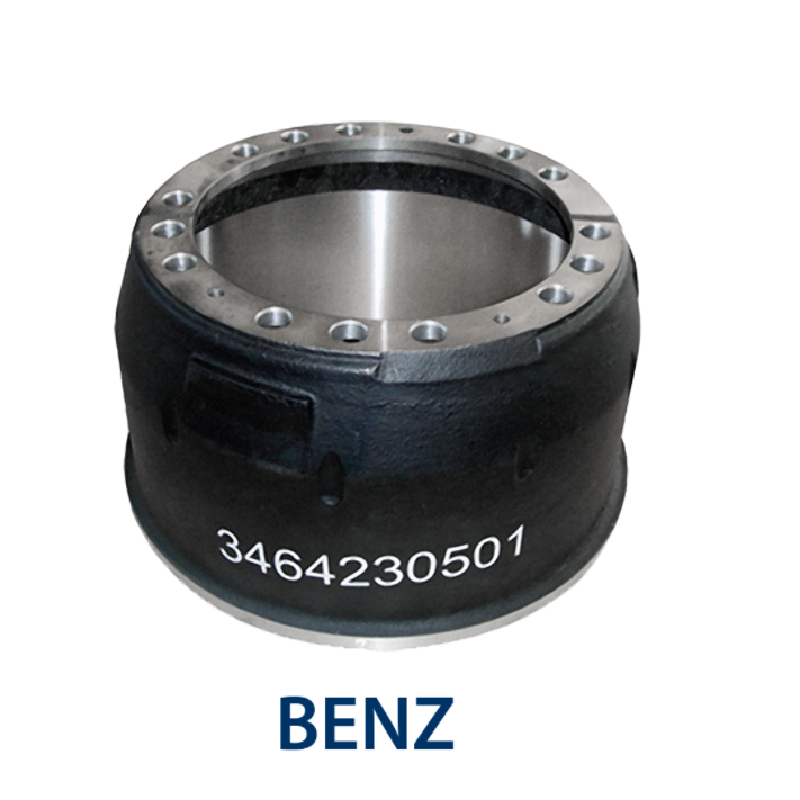ნოე . 23, 2024 12:45 Back to list
3 types of drum brakes
Understanding the 3 Types of Drum Brakes
Drum brakes have long been a crucial component in automotive braking systems. Known for their reliability and effectiveness, they are commonly found in various vehicles, especially older models and some modern systems. This article explores the three main types of drum brakes—leading/trailing brakes, twin-leading brakes, and duo-servo brakes—each with its own unique features and applications.
1. Leading/Trailing Drum Brakes
Leading/trailing drum brakes are one of the most traditional designs and are often used in the rear brake systems of many vehicles, including light trucks and compact cars. This type features two brake shoes a leading shoe and a trailing shoe. The leading shoe is designed to engage first as the vehicle moves forward, which helps to pull the shoe against the drum. This action increases the braking force, making it more effective.
The unique characteristic of leading/trailing brakes is their self-energizing capability. As the vehicle is put under brake pressure, the rotation of the drum causes the leading shoe to be forced against the drum, which in turn pushes the trailing shoe against it as well. This results in increased friction and, consequently, more effective braking. However, this design can have some drawbacks. The leading shoe tends to wear out faster than the trailing shoe due to its role in the self-energizing process, which can lead to imbalanced brake performance over time. Regular inspection and replacement of the brake shoes are essential to maintain optimal functionality.
Twin-leading drum brakes are similar to leading/trailing brakes but feature two leading shoes instead of one. This design is less common but is often utilized in applications requiring increased braking power, such as racing cars and heavy-duty vehicles. The twin-leading system enhances braking effectiveness, especially under high-stress conditions, because both shoes pull against the drum.
3 types of drum brakes

One significant advantage of twin-leading brakes is that they provide a more evenly distributed wear between the shoes. Since both shoes are leading, they experience less variation in wear, which contributes to maintaining consistent brake performance over time. However, this design tends to require more mechanical complexity and may experience a higher initial cost of manufacturing and maintenance.
3. Duo-Servo Drum Brakes
Duo-servo drum brakes are designed to offer superior braking performance compared to both leading/trailing and twin-leading brakes. This system uses two brake shoes one leading and one trailing, similar to the first type, but enhances their engagement through a self-energizing mechanism that allows both shoes to act in unison during braking.
The unique feature of duo-servo brakes is that when one shoe applies pressure, it simultaneously moves the other shoe into contact with the drum. This combination increases the overall braking force significantly, making duo-servo brakes highly effective for use in larger vehicles such as trucks and vans, where enhanced stopping power is essential.
While duo-servo brakes provide increased efficiency and reduced stopping distances, they also have some limitations. One of the main challenges is that the system can become prone to overheating during prolonged braking scenarios, such as downhill driving or heavy stop-and-go traffic. Therefore, vehicles equipped with duo-servo brakes often come with additional cooling features or special materials to manage heat dissipation.
Conclusion
In summary, understanding the three types of drum brakes—leading/trailing, twin-leading, and duo-servo—is crucial for anyone involved in vehicle maintenance or design. Each type comes with its own set of advantages and disadvantages, making them suitable for different applications across automotive engineering. As technology advances, we may see further innovations in braking systems, but drum brakes remain a reliable choice for many vehicles, especially where traditional mechanics are valued. Regular inspection and maintenance of all brake types are essential to ensure safety and performance on the road. Whether you're a mechanic or a car enthusiast, understanding these systems will enhance your knowledge of automotive functionality and improve your driving experience.
-
YORK GPT-4 Turbo: Fast AI for Enhanced Efficiency
NewsAug.04,2025
-
High-Performance Nissan Brake Drum | Durable Braking
NewsAug.03,2025
-
FRUEHAUF AI Trailers with GPT-4 Turbo Innovation
NewsAug.02,2025
-
TATRA: Supercharge AI with GPT-4 Turbo Technology
NewsAug.01,2025
-
2014 Mitsubishi Mirage Rear Brake Drums | Durable & Precise
NewsJul.31,2025
-
High-Quality Trailers for Towing Needs | Shop Now
NewsJul.25,2025
